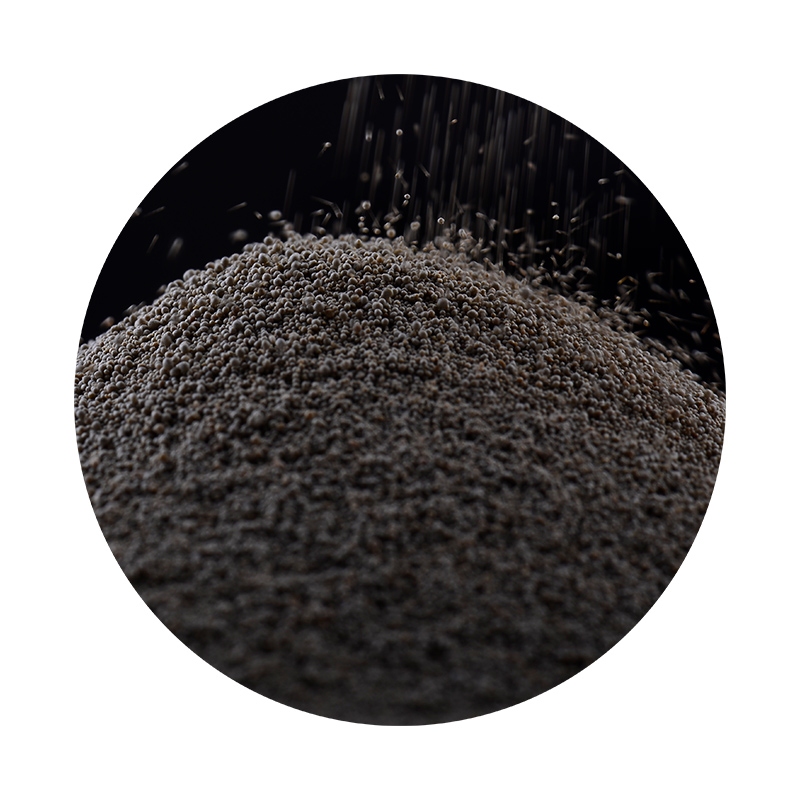Sanding 3D Resin Prints Techniques and Tips for a Flawless Finish
3D printing has revolutionized the way we create and customize prototypes, models, and art pieces. Among the various technologies in 3D printing, resin printing, known for its precision and smooth surface finishes, has garnered much attention. However, despite their impressive detail, resin prints often require post-processing to achieve that perfect, polished look. One effective method is sanding, which can elevate the quality of your finished product. In this article, we will explore the techniques and best practices for sanding 3D resin prints.
Understanding the Basics of Resin Prints
Resin printing involves the use of photopolymer resins — materials that harden under UV light. This allows for the creation of highly intricate designs with a relatively smooth finish straight off the printer. However, it’s common to notice layer lines, support marks, or imperfections once a model is removed from the build plate. This is where sanding comes into play, helping to refine the surface and prepare it for painting, glazing, or additional finishing techniques.
Tools and Materials for Sanding
Before you start sanding, ensure you have the right materials. Here are some essentials - Sandpaper Choose a range of grits, from coarse (e.g., 80-120) for removing larger imperfections to fine (e.g., 400-600) for finishing. Wet/dry sandpaper can be especially effective for resin prints. - Sanding Block or Sponge For even pressure, a sanding block or sponge can be helpful, particularly on flat surfaces. - Dust Mask Resin dust can be harmful when inhaled, so always wear a dust mask and work in a well-ventilated area. - Water Wet sanding helps reduce dust and can create a smoother finish.
Techniques for Sanding 3D Resin Prints
1. Initial Assessment Begin by inspecting the model. Identify areas that need the most attention, such as visible layer lines or marks left by support structures.
sanding 3d resin prints

2. Coarse Sanding Start with a coarse grit sandpaper to remove major imperfections. Use circular or back-and-forth motions while applying gentle, even pressure. Be careful not to oversand, as this can lead to uneven surfaces.
3. Progress to Finer Grit Once the major flaws are addressed, switch to a medium grit (220-320). This will help smooth out the surface further. Follow your initial sanding patterns to maintain consistency.
4. Finish with Fine Grit Finally, use fine grit sandpaper for an ultra-smooth finish. Take your time and be patient; this step can significantly enhance the look of your print.
5. Wet Sanding For the ultimate smooth finish, consider wet sanding with fine grit paper. Wetting the sandpaper can reduce friction and enhance the sanding process, leaving you with a glassy surface.
6. Cleaning After sanding, clean the model thoroughly to remove any dust particles. This can be done with a microfiber cloth and some soap and water. Make sure the model dries completely before any further processing or painting.
Conclusion
Sanding is a crucial step in the post-processing of 3D resin prints, allowing creators to achieve that professional-quality finish. By employing the right techniques and tools, you can significantly elevate the appearance of your prints. Whether you are creating miniatures, prototypes, or decorative items, mastering the art of sanding will not only enhance your projects but also provide a sense of accomplishment in your 3D printing journey. Embrace the process, and enjoy the transformative effects of a beautifully finished resin print!
Post time:സെപ് . 30, 2024 20:45
Next:Innovative Foundry Solutions for High-Quality Sand Casting Services Worldwide
